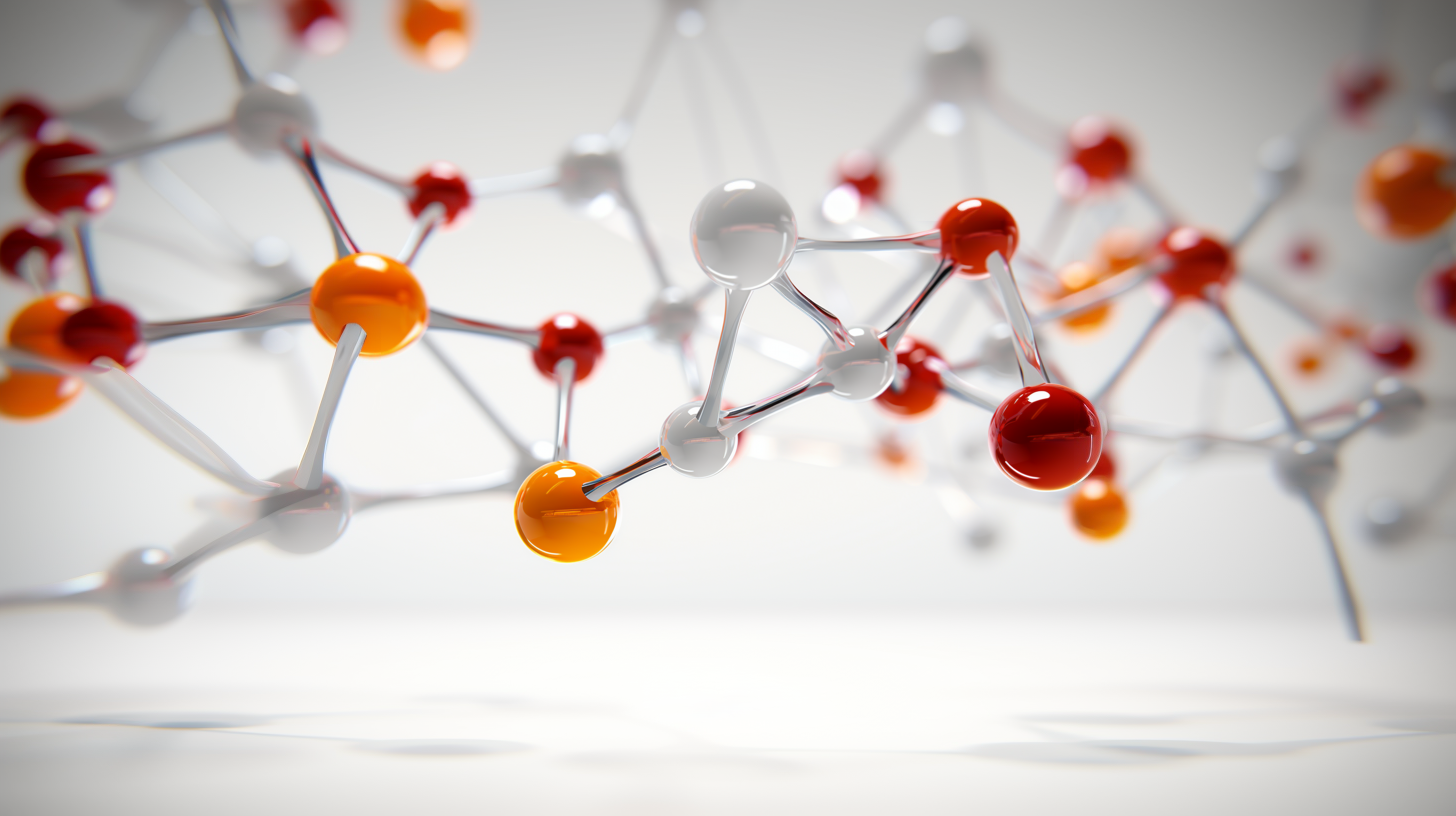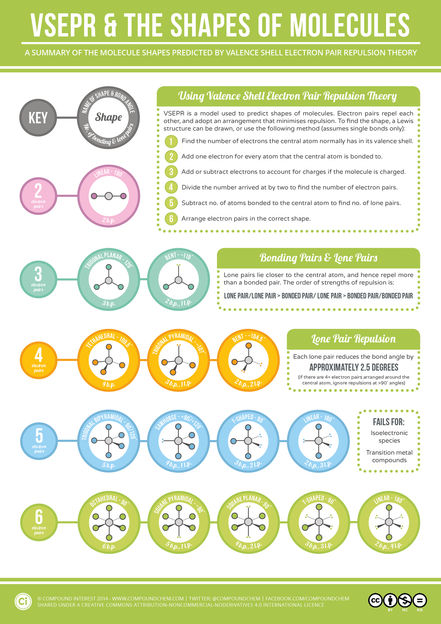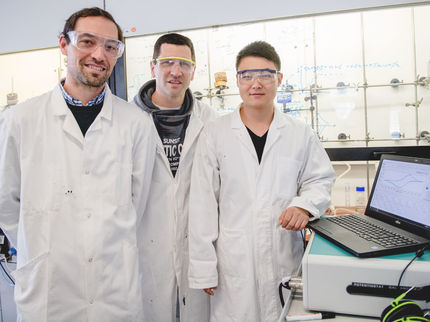How the first step affects the (watery) result
German Scientists from Jena and Erlangen-Nürnberg show the way to a more effective creation of hydrogen
Energy from hydrogen - scientists from all over the world work on this solution to overcome the energy crisis. Amongst other things they try to use the sunlight as driving force for the splitting of water into hydrogen and oxygen. In trying to copy the photosynthesis in the laboratory a team of scientists of the Universities of Jena and Erlangen-Nürnberg and of the Institute of Photonic Technology (IPHT) in Jena (Germany) made a huge step forward. The physiccists and chemists were able to prove in their tests, that the first step already affects the efficiency of hydrogen generation. “This is as if you would decide about where you´re going to by turning the ignition key in the car,” says PD Dr Michael Schmitt from the Institute of physical chemistry (IPC) of the University of Jena. To put it scientifically: “The Franck-Cordon-point has to be created in such a way that the initial process of transferring electrons already points into the direction of the catalytic active centre.“ The results were published in the science journal „Angewandte Chemie Int. Ed.“.
In their tests for a more efficient energy conversion the scientists focus on chemical photo catalysts. With this light is being used to let electrons “jump“ well-directed from one subunit of the molecule to the other or to transport them over a ligand, which is a “bridge“.
Like the photosynthesis this process, which the chemists run in the laboratory, works in two main steps: A special metal complex with Ruthenium as its main component serves as an antenna which harvests the light. The Ruthenium then transfers an electron onto the reaction centre. The core of the reaction centre is a Palladium atom. At this metal centre the hydrogen is finally generated. But other than in nature not all electrons reach the palladium centre from the Ruthenium in the laboratory construction. Some choose “detours“, some enter “roundabouts“ or “blind alleys“ and thus are being lost for the reaction. “Supported by resonance Raman spectroscopy we were able to watch and see where the electron ends after directly after the photoexitation,“ describes Prof Dr Juergen Popp, director of IPC and IPHT. „Thereby we were able to develop a new synthesis paradigm“, Michael Schmitt adds. The team of scientists could prove that the efficiency of hydrogen generation depends on the light wavelength. It is more efficient the redder the light used for photo excitation is – light of a wavelength of 550 nm is ideal. “The redder the light the more electrons are transferred to the ligand, that connects the Ruthenium with the Palladium“, Schmitt says. Moreover the initial absorption step decides where the electron goes and thus how effective the generation of energy is.
“This knowledge enables us to put up well-directed barriers so that the electrons don´t take a ,wrong turn’ but exclusively end up at the Palladium“, says Prof Popp explaining the application potential of this fundamental research. In the laboratory the hydrogen generation is four times above former data but still far below the necessary rate. Now it is up to the chemists, like the participating Prof. Dr Sven Rau, to optimize the molecular catalysts, that “no electrons will be taken on by terminal ligands,“ as Schmitt explains.
The scientists know that it is still a long way to go to copy the photosynthesis of nature correctly and efficiently. “But due to our spectroscopic analysis we took a huge step on this way“, Prof Popp is sure though.
Original Publication: Stefanie Tschierlei, Michael Karnahl, Martin Presselt, Benjamin Dietzek, Julien Guthmuller, Leticia González, Michael Schmitt, Sven Rau und Jürgen Popp; „Photochemical Fate: The First Step Determines Efficiency of H2 Formation with a Supramolecular Photocatalyst“, Angew. Chem. Int. Ed. 2010, 122, 3981-3984
Topics
Organizations
Other news from the department science

Get the chemical industry in your inbox
By submitting this form you agree that LUMITOS AG will send you the newsletter(s) selected above by email. Your data will not be passed on to third parties. Your data will be stored and processed in accordance with our data protection regulations. LUMITOS may contact you by email for the purpose of advertising or market and opinion surveys. You can revoke your consent at any time without giving reasons to LUMITOS AG, Ernst-Augustin-Str. 2, 12489 Berlin, Germany or by e-mail at revoke@lumitos.com with effect for the future. In addition, each email contains a link to unsubscribe from the corresponding newsletter.
Most read news
More news from our other portals
See the theme worlds for related content
Topic World Spectroscopy
Investigation with spectroscopy gives us unique insights into the composition and structure of materials. From UV-Vis spectroscopy to infrared and Raman spectroscopy to fluorescence and atomic absorption spectroscopy, spectroscopy offers us a wide range of analytical techniques to precisely characterize substances. Immerse yourself in the fascinating world of spectroscopy!

Topic World Spectroscopy
Investigation with spectroscopy gives us unique insights into the composition and structure of materials. From UV-Vis spectroscopy to infrared and Raman spectroscopy to fluorescence and atomic absorption spectroscopy, spectroscopy offers us a wide range of analytical techniques to precisely characterize substances. Immerse yourself in the fascinating world of spectroscopy!
Topic world Synthesis
Chemical synthesis is at the heart of modern chemistry and enables the targeted production of molecules with specific properties. By combining starting materials in defined reaction conditions, chemists can create a wide range of compounds, from simple molecules to complex active ingredients.

Topic world Synthesis
Chemical synthesis is at the heart of modern chemistry and enables the targeted production of molecules with specific properties. By combining starting materials in defined reaction conditions, chemists can create a wide range of compounds, from simple molecules to complex active ingredients.
Last viewed contents
2024_aluminum
Organoborane

GE Osmonics SAS - Le Mee sur Seine, France
DSM invests in biomaterials company Oxford Performance Materials

VSEPR & Shapes of Molecules
Nanogel
Category:Niobium_compounds




























































